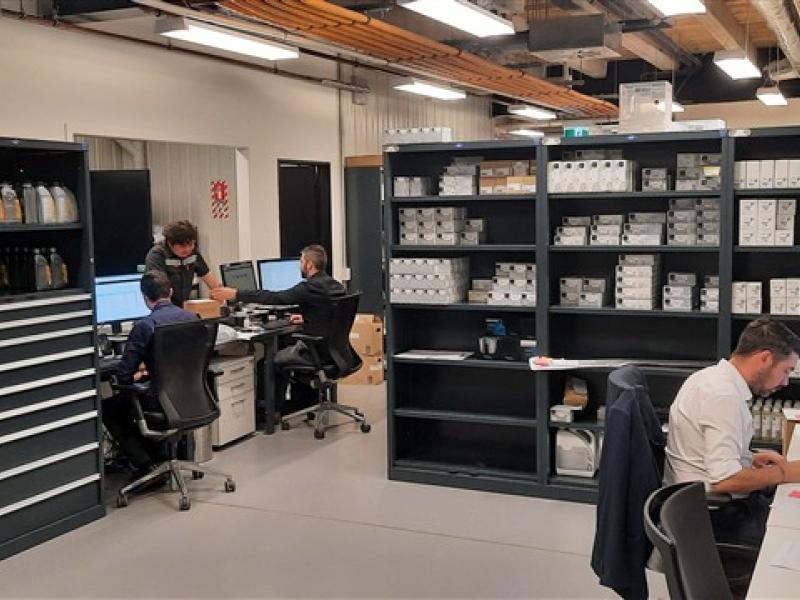Richard Conway explains how your small business can successfully compete for online attention, without having that big brand marketing budget.
Small and medium size businesses often find themselves in an impossible situation competing for online presence against big brands’ marketing budgets. However, a Local SEO strategy is where they can turn the tables.
SEO (Search Engine Optimisation) is a strategy that focuses on putting your website in front of potential customers right when they are searching for the type of service or products you provide. It is crucial for SMEs who heavily rely on new acquisitions.
Search is a powerful marketing channel: 68 percent of all online experiences start with a search and leads from organic search traffic have the highest average close rate (14.6 percent) out of Referrals (nine percent), Paid Search (seven percent), Social Media (four percent) and Outbound Marketing (two percent).
The good news for SMEs is that 46 percent of Google searches are for a local business or service, so Local SEO is where SMEs have real leverage over big businesses.
It means using your website to build authority in your local area with some custom tailored solutions such as local pick up to avoid shipping costs.
Here are the key tactics of Local SEO:
1. Keywords are the key
Google matches the words in a search with those on the websites it indexes, to determine how relevant they are to the search query. Understanding the words and phrases potential customers use to find your type of business is your biggest clue for how to get found. You can use free tools such as Google Ads Keyword Planner to get this insight, but it can also be as simple as searching what you think, then looking at the ‘Related searches’ at the bottom of the search results page.
For SMEs, the real value is in long-tail keywords – as opposed to short-tail. The difference is that short-tail keywords are very broad and effective in delivering large volumes of traffic, but are therefore highly competitive. Long-tail keywords, however, are very specific and can help ensure you’re only attracting people directly interested in buying what you are selling. An example of short vs. long tail keywords, respectively is: ‘barbers’ vs. ‘men’s barbers Takapuna book now’.
2. Content is still king
This old cliché is still true. Content is anything that’s held in your website pages: words, images, descriptions, videos, page titles and meta descriptions. Put your keyword research into practice by seamlessly including those in your content. ‘Seamlessly’ being the operative word, as otherwise Google will penalise ‘keyword stuffing’ or rewrite your page titles and descriptions on the fly on search result pages.
Think about off-site content opportunities as well. A great example includes Google Business Profile (Google My Business). It contains product reviews from your customers, photos, address (if you have one), opening hours and more – and displaying on Google Search & Maps. It is free and will make a big difference when someone searches for your type of business near them.
3. Stay connected
Link building is one way Google assesses the ‘authority’ of your website. If a large, reputable site links to yours on relevant topics, Google considers this a ‘vote’ for your website’s credibility, which helps in your organic search results ranking – seeking these opportunities is worthwhile. But be careful, since lots of links from superficial sites made only for the purpose of back-linking will be seen as gaming the system and your site could get penalised.
Finally, remember that while your paid search activity ends the minute you stop paying for ads, your organic ranking tends to fluctuate over time and is determined mostly by how well you target your local audience.
So go on, give it a go!






